Thumb carpometacarpal (CMC) joint arthroplasty (MAIA joint replacement): aftercare advice
Information for patients from the Hand Therapy Service
You have had surgery to replace the joint at the base of your thumb. Over the next few weeks you will be given advice by your therapist about your rehabilitation and the management of your hand. Getting a good result from this surgery is directly related to the effort you put into your rehabilitation, so please follow the advice and guidance below.
When can I return to my daily activities?
Recovery from this operation can be slow. It can often be three to six months before you can start normal heavy activities again.
When you can return to work depends on the job you do. But generally, it will be when your thumb feels comfortable and relatively pain-free.
When can I drive again after my surgery?
You need to carry out your own risk assessment as to whether you are safe to drive, but normally this is not until at least four weeks after surgery. Ask yourself the following questions to help you make this decision.
Is it difficult for me to grip the steering wheel?
Does driving make my pain worse?
Would I be unable to carry out an emergency manoeuvre if I had to?
If your answer is yes to any of these questions, you may not be ready to drive yet. Please speak to your insurance company if you are in any doubt.
Two weeks after your surgery
Two weeks after your operation your plaster will be replaced with a lighter thermoplastic splint. This splint must be worn night and day for a further two weeks. It may only be removed each day for washing, to carry out the exercises we have given you, and for scar massage.
You may have dissolvable stitches, which will gradually fall out and disappear around two weeks after your surgery. If you have non-dissolving sutures, these will be taken out either by your therapist at your follow-up appointment, or by the nurse at your GP surgery around two weeks after your surgery. If you have them removed by your GP practice nurse, you will need to book this appointment yourself.
Compared to non-smokers, smokers are more likely to have complications in tissue healing and infections after surgery. For free friendly support and medication to help you stop smoking, contact One You Kent Smokefree Call: 0300 123 1220 or email or visit their web site.
Elevating (raising) your hand is important to prevent swelling and stiffness in your fingers. Remember not to walk with your hand dangling down by your side, and do not sit with your hand held in your lap.
-
-1707218777.jpg) Example of good hand elevation while lying down
Example of good hand elevation while lying down -
-1707218780.jpg) Example of good hand elevation while sitting
Example of good hand elevation while sitting
Exercises
These exercises should not be painful, but may feel slightly uncomfortable.
Always exercise gently and slowly.
Remove your splint every three hours to do the exercises below, as well as the activities above.
1) Bend and straighten your shoulder and elbow 10 times.
2) Bend and straighten all fingers 10 times.
3) Hold your thumb below the joint to be exercised (3a). Bend (3b) and straighten (3c) the upper joint 10 times.
-
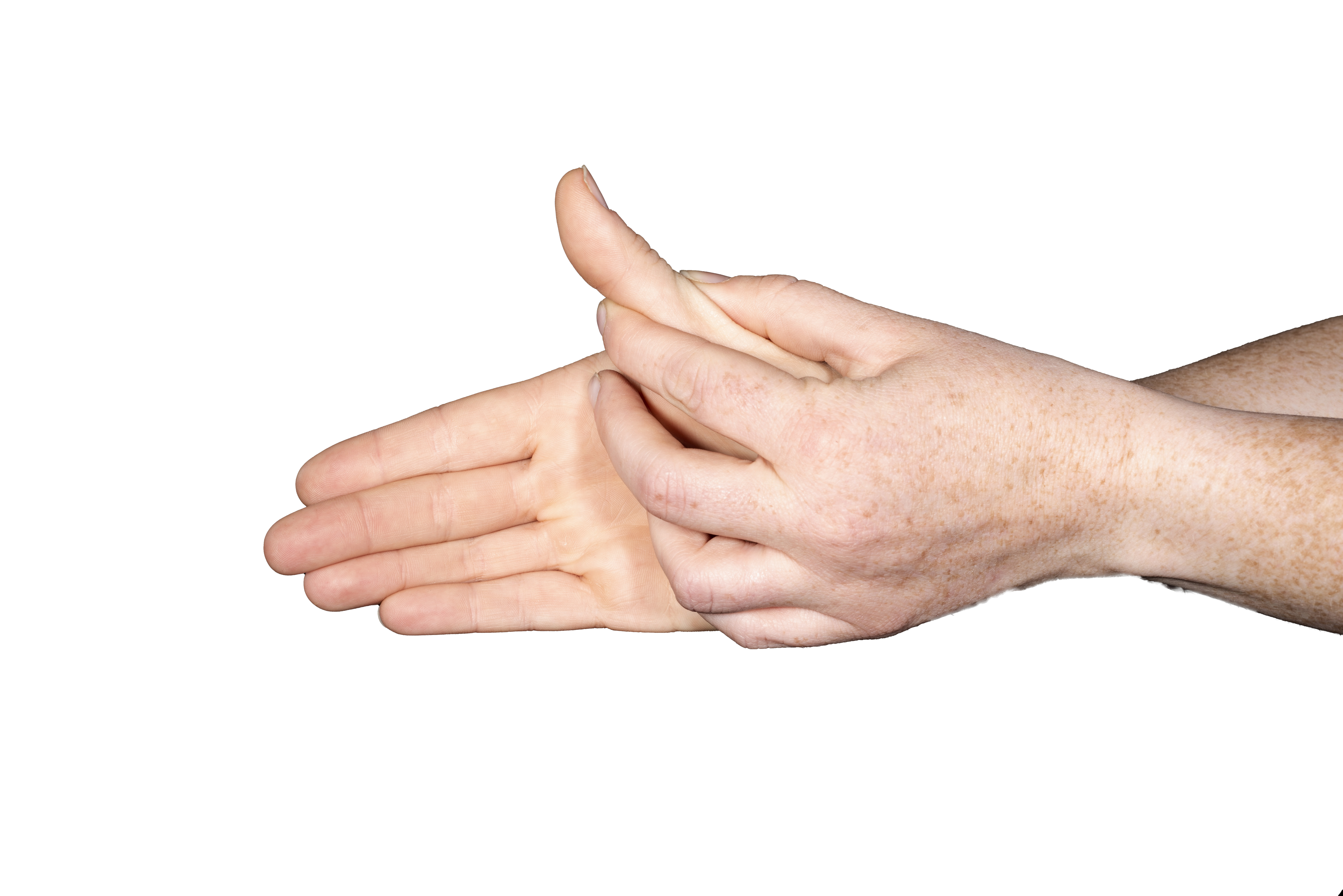 Exercise 3a
Exercise 3a -
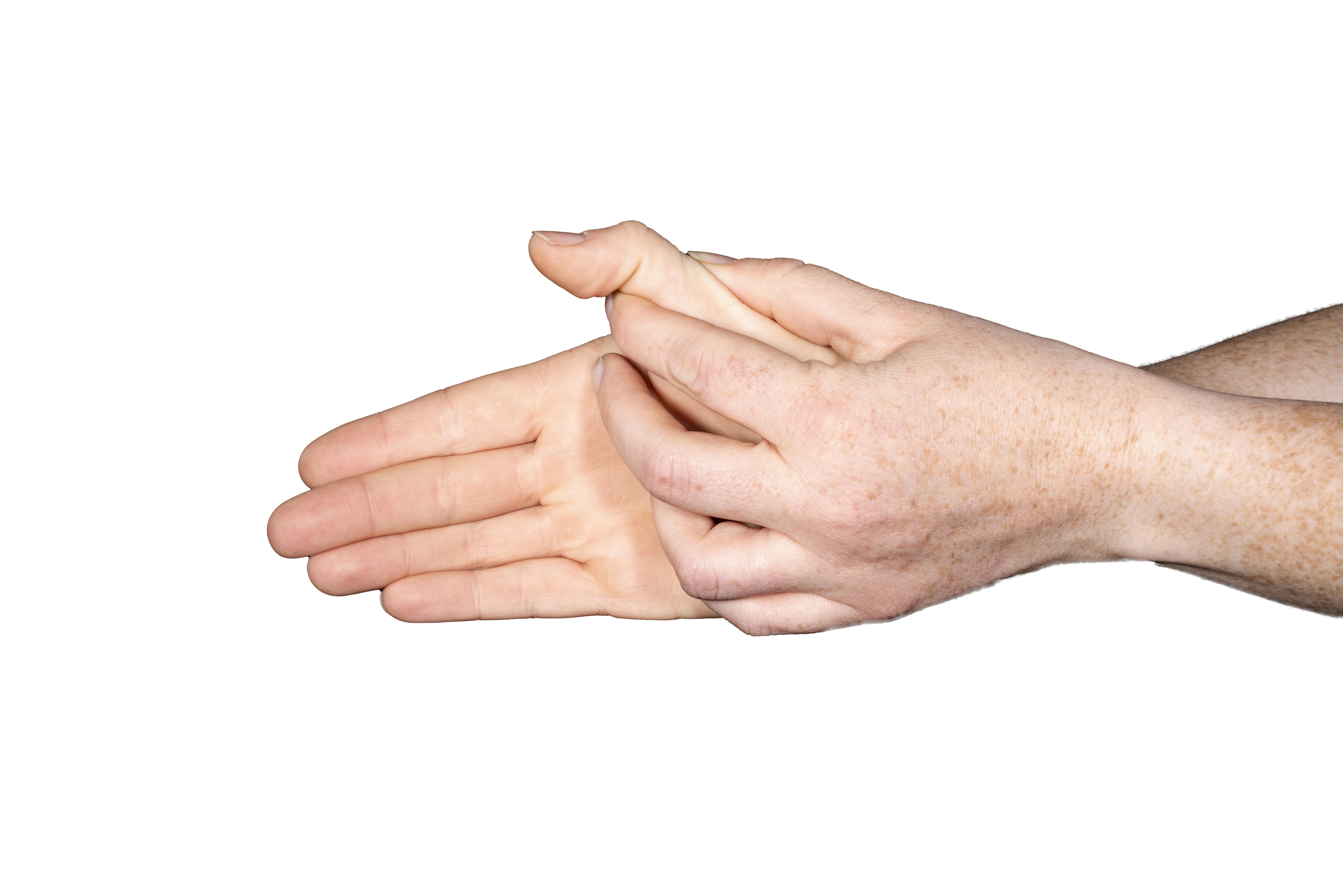 Exercise 3b
Exercise 3b -
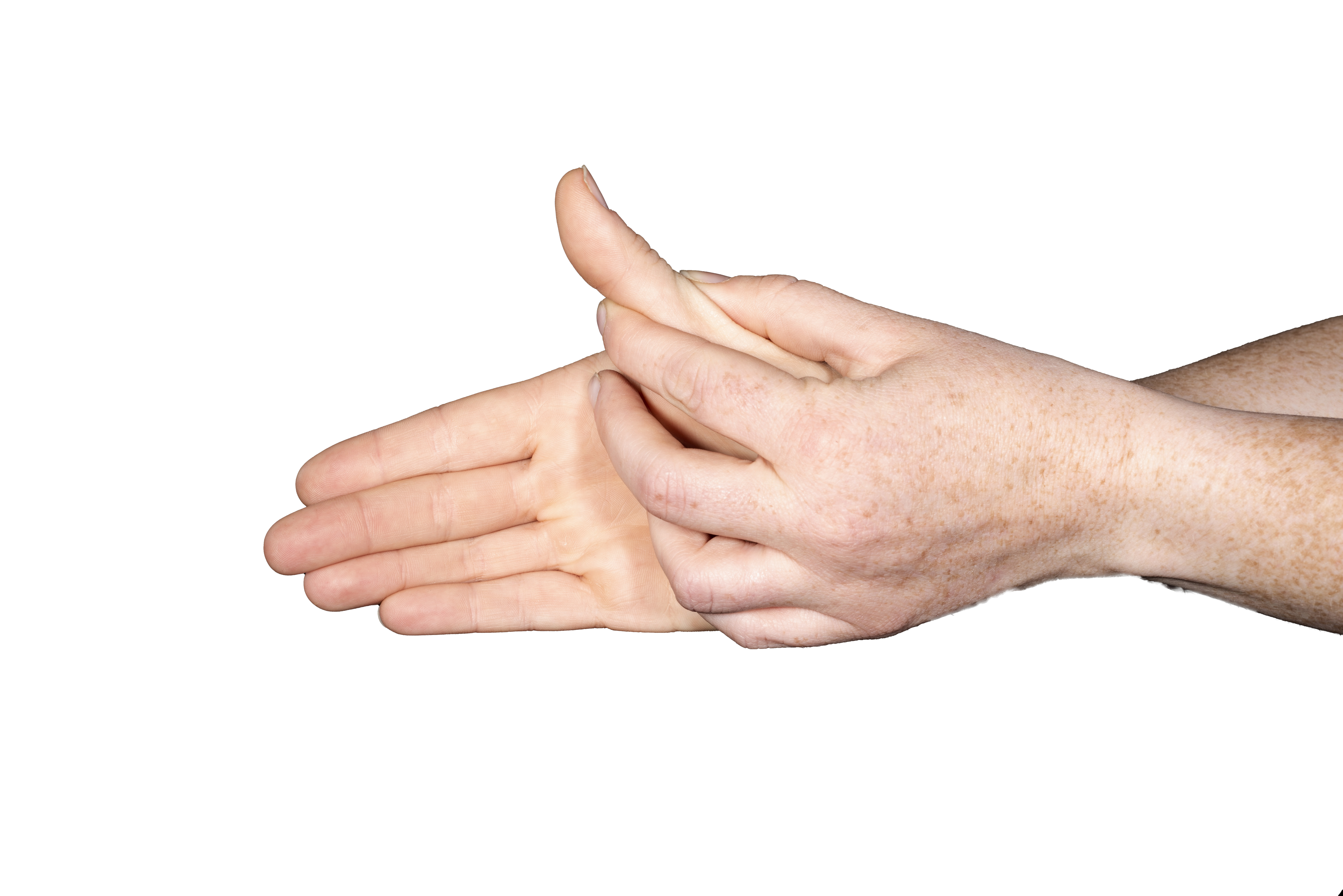 Exercise 3c
Exercise 3c
.jpg)
4) With your hand on its side, hold your fingers comfortably out of the way and make small circles with your thumb for one minute.
5) Place your hand flat on a table (5a). Try to move your thumb away from the rest of your hand (5b) and back again (5c). Complete this exercise 10 times.
-
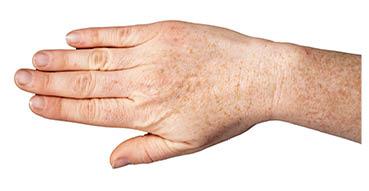 Exercise 5a
Exercise 5a -
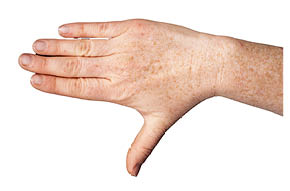 Exercise 5b
Exercise 5b -
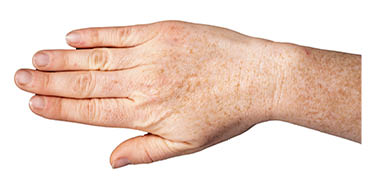 Exercise 5c
Exercise 5c
6) With your hand on its side (6a), move your thumb sideways away from your palm (6b) and back in again (6c). Complete this exercise 10 times.
-
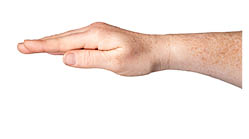 Exercise 6a
Exercise 6a -
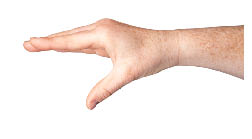 Exercise 6b
Exercise 6b -
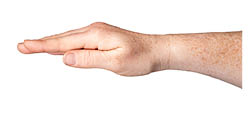 Exercise 6c
Exercise 6c
7) Place your hand on its side on a table, with the tip of your thumb touching the tip of your index finger. Try to roll your thumb, moving from a ‘D’ shape (7a) to an ‘O’ shape (7b) between your thumb and index finger. Hold for three seconds. Complete this exercise 10 times.
-
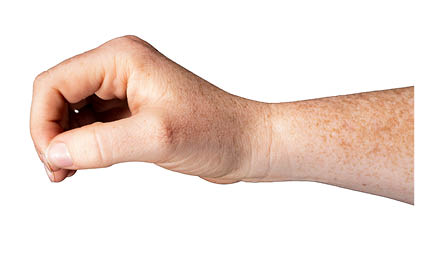 Exercise 7a
Exercise 7a -
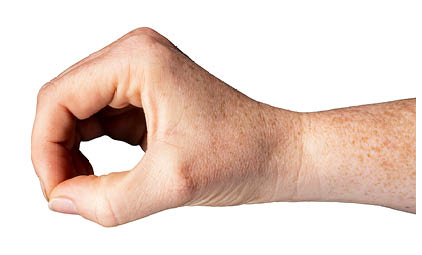 Exercise 7b
Exercise 7b
8) With your palm up flat on the table (8a), try to flatten your thumb back, so that the back of your thumb touches the table (8b). Complete this exercise 10 times.
-
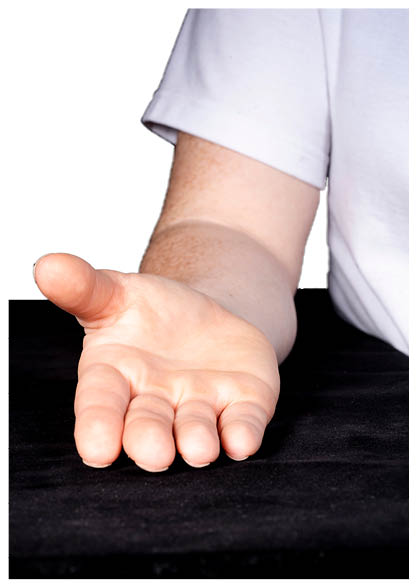 Exercise 8a
Exercise 8a -
 Exercise 8b
Exercise 8b
It is normal for these exercises to be uncomfortable, but they should not cause pain. If they do:
Try gentler / smaller movements, with less repetition. Build up slowly.
If your wound has healed fully and the dressings are off, you can do the exercises after warming your hand up in warm water or using a heat pack. This can help with pain and stiffness.
Three and four weeks after your surgery
You may begin to remove your splint and use your hand for light activities over the next two weeks. Light activities include picking up a pen or coins, or holding light paper. Be guided by any pain or discomfort you feel. Activities should not increase your pain, so please listen to your body and reduce activities that cause an increase to your pain.
You should continue to use your splint for any ‘at risk’ or heavier activities during this time, or if your thumb is painful.
Be careful of activities involving lateral key grip, for example using a key, or holding a book, newspaper, or plate.
Exercises: four to 12 weeks after your surgery
Touch the tip of each finger one at a time with your thumb.
-
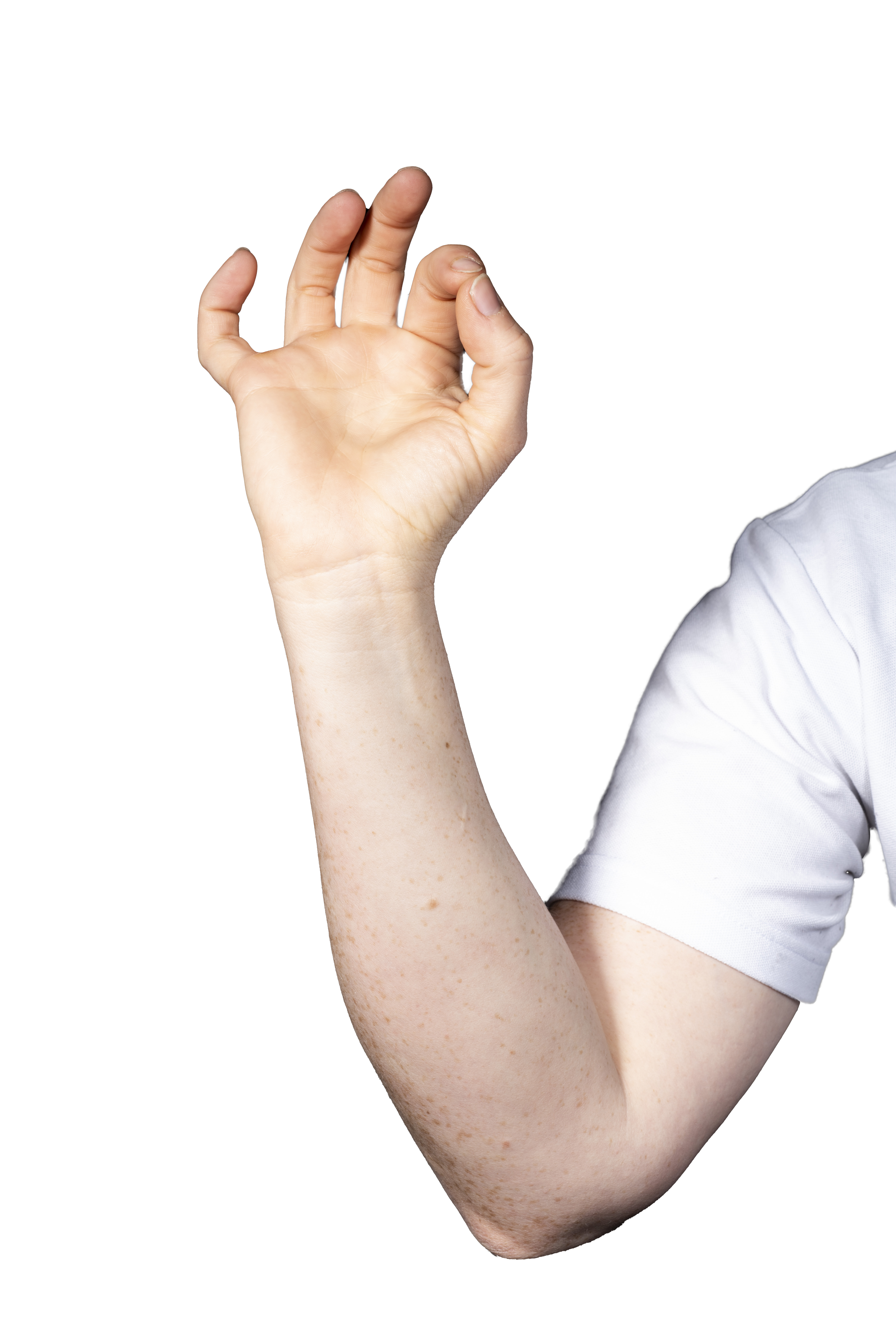 Exercise 1
Exercise 1 -
 Exercise 1
Exercise 1 -
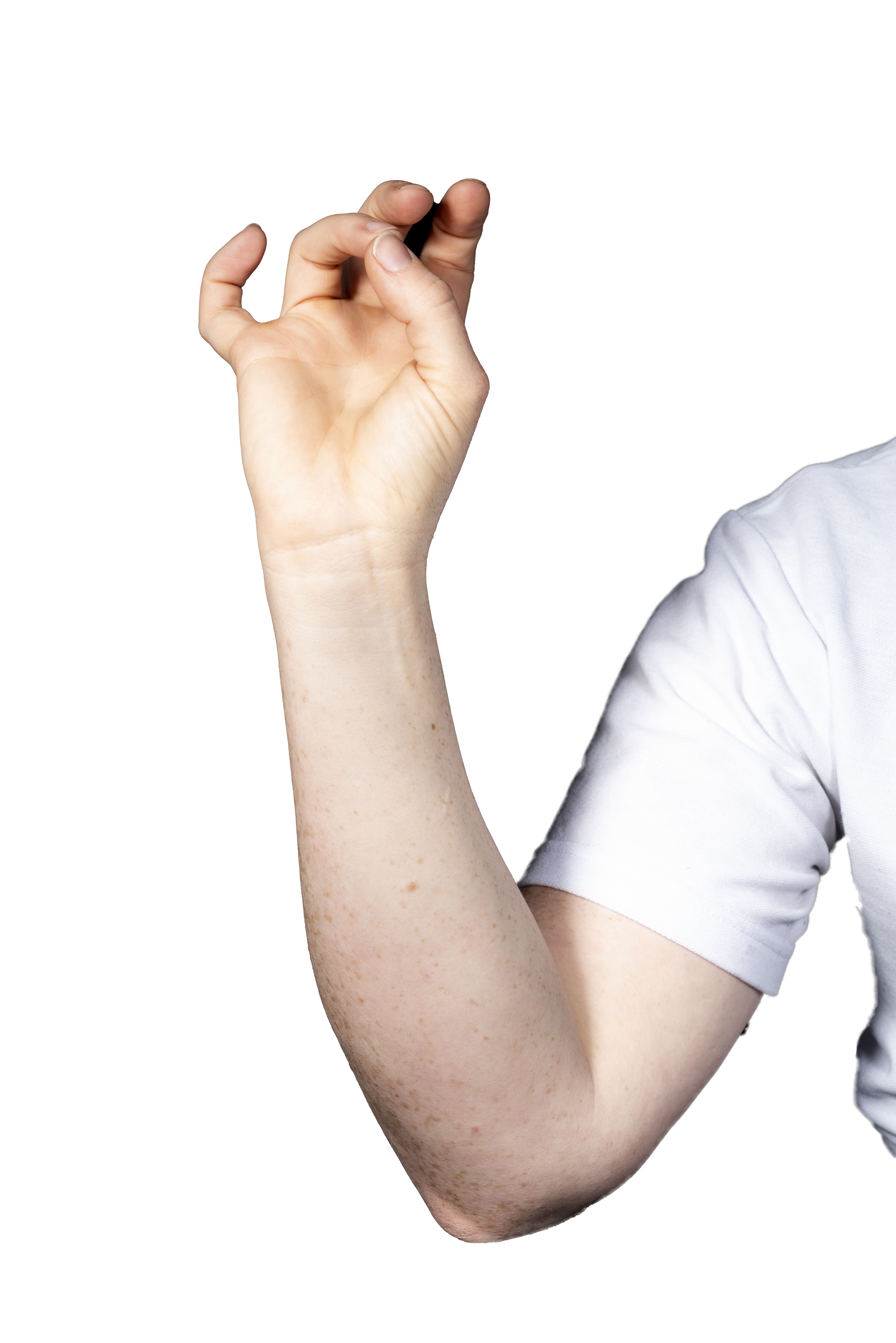 Exercise 1
Exercise 1 -
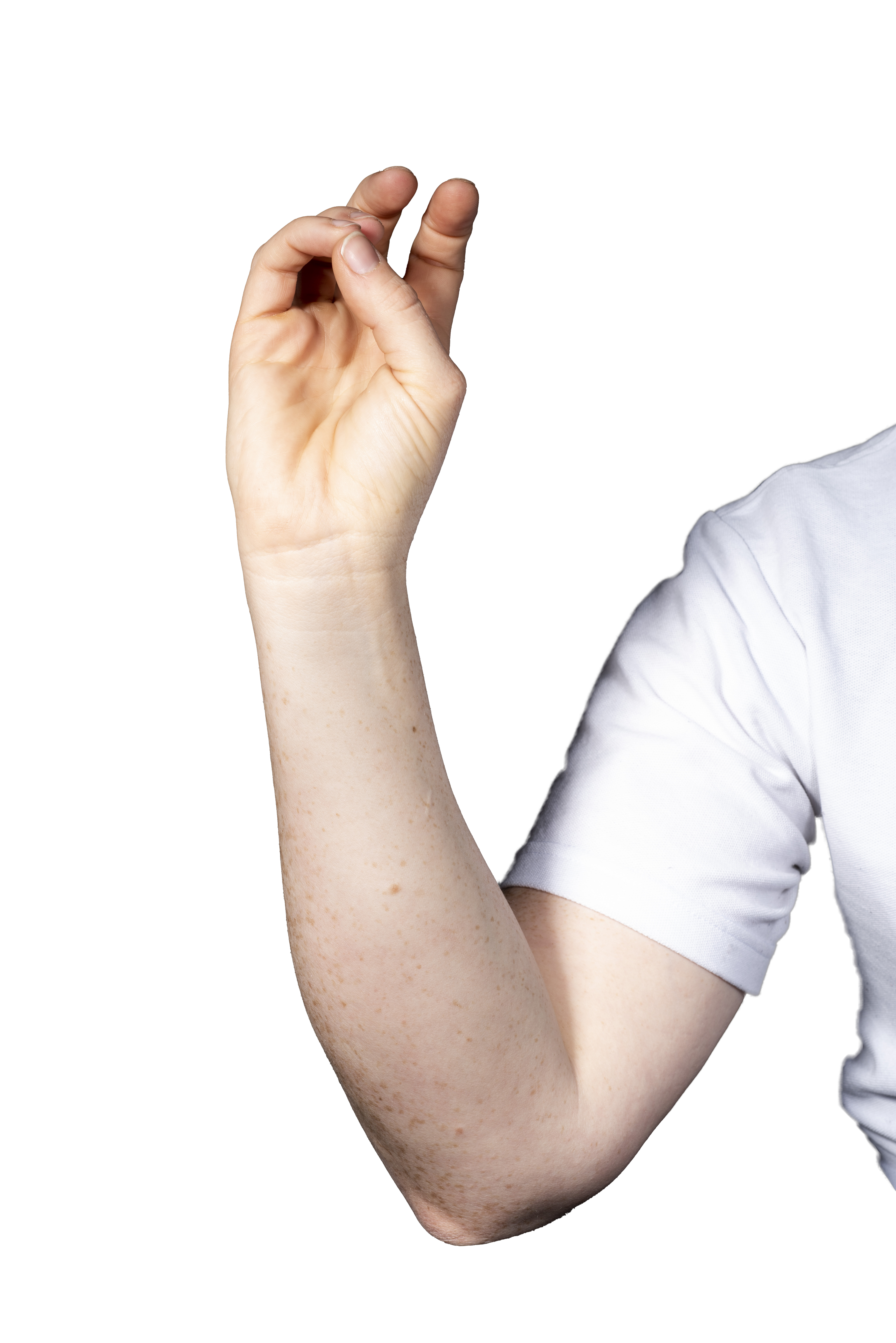 Exercise 1
Exercise 1
2) Place your hand on its side on a table, with the tip of your thumb touching the tip of your index finger. Try to roll your thumb, moving from a ‘D’ shape (2a) to an ‘O’ shape (2b) between your thumb and index finger. Hold for three seconds, complete this exercise 10 times.
You can use playdoh, a sponge, or a light stress ball (2c) to help with this.
-
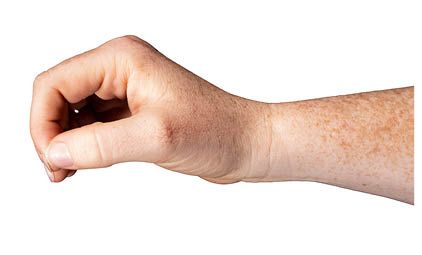 Exercise 2a
Exercise 2a -
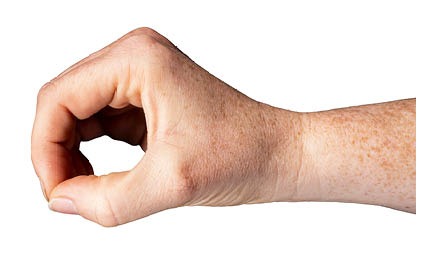 Exercise 2b
Exercise 2b -
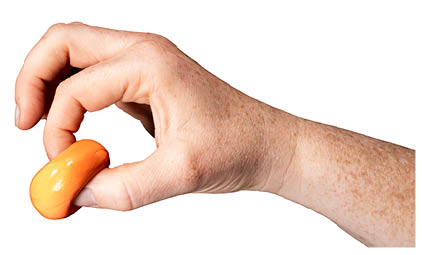 Exercise 2c
Exercise 2c
-white-background.jpg)
3) Hold your hand and forearm palm up. Using your other hand, stretch your affected thumb out to the side, away from your palm, pulling from the base of the thumb. Hold for 10 seconds, and repeat three times.
After 4 weeks
If you feel comfortable, slowly increase your level of activity and stop wearing your splint.
When you can return to work depends on the job you do. But generally, it will be when your thumb feels comfortable and relatively pain-free.
You should avoid the following until 12 weeks after your surgery:
heavy pinch grip and lifting; and
contact sport / heavy activities
If your thumb feels stiff, continue the previous exercises and practice touching the tip of your thumb to the tip of each finger in turn.
Continue with your scar massage, as improvements can be made for up to 18 months after your surgery.
Will I have follow-up appointments?
You may not have many therapy sessions if you are doing well with your recovery. Your therapist will discuss this with you. You should receive an appointment to see your orthopaedic team around six to eight weeks after your surgery.
Further information
If you have any further questions, do not hesitate to ask your therapist.